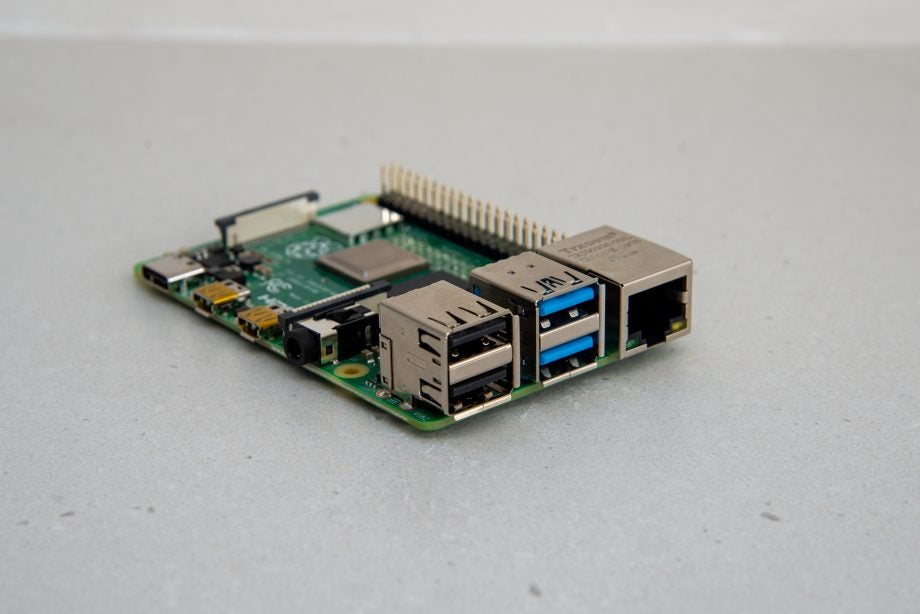The Raspberry Pi 4 has an annoying charging problem

The Raspberry Pi Foundation says that the new Raspberry Pi 4 cannot be charged with just any old USB-C cable, due to a non-compliant charging port.
The Pi 4 is unable to accept power from e-marked (electronically marked) USB-C cables, such as the chargers that come with MacBooks.
Related: Best student laptop
“A smart charger with an e-marked cable will incorrectly identify the Raspberry Pi 4 as an audio adapter accessory, and refuse to provide power,” Raspberry Pi co-creator Eben Upton told TechRepublic.
“I expect this will be fixed in a future board revision, but for now users will need to apply one of the suggested workarounds. It’s surprising this didn’t show up in our (quite extensive) field testing program”.
The design flaw was discovered by Scorpia‘s Tyler Ward. The USB-C port included two CC pins, both of which requires its own 5.1K ohms resistor.
Ward looked at the Pi 4 schematics and noticed that the Pi 4 has its own circuit design, allowing the two pins to share a single resistor. This resulted in e-marked cables becoming confused and identifying the Pi 4 as an audio adapter, preventing the computer from charging correctly.
The Pi 4 is the first Raspberry Pi to feature a USB-C port for charging, giving it an additional 500mA of current when compared with older microUSB-using boards.
Read our review of the Raspberry Pi 4 Model B
If you’ve already purchased the Pi 4 or you just can’t wait for any future board revisions, you’ll want to get your hands on a USB-C cable that hasn’t been e-marked and that is capable of delivering the 5.1V/3A that the board needs. The Raspberry Pi Foundation sells its own power supply for just £8 – presumably how the port got through its extensive field testing.
According to Ward, older chargers with A-C cables or micro B to C adapters will also work provided they can supply enough power to the Pi 4.


